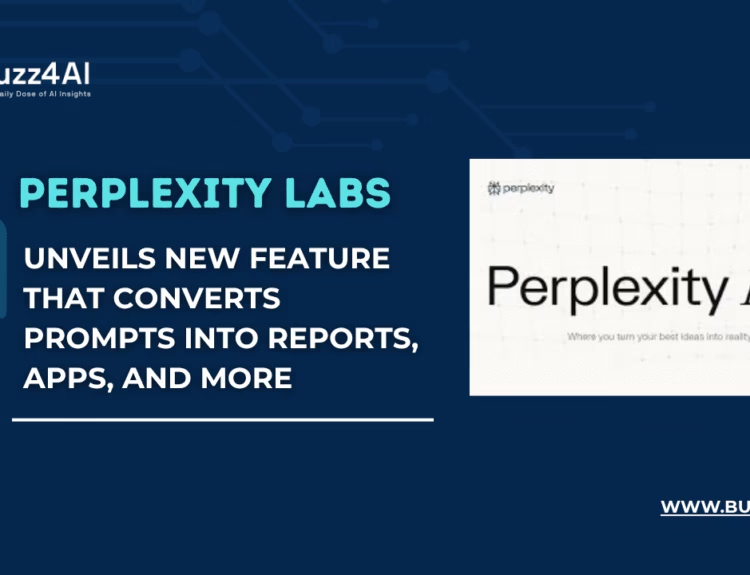Windsurf Unveils SWE-1, The world of artificial intelligence continues to expand its influence into every corner of the tech industry. Windsurf, a rising AI startup, has recently taken a bold leap by unveiling its first AI software engineer, SWE-1.
This groundbreaking move signifies a new era of intelligent, autonomous code development, and SWE-1 is just the beginning. With additional models on the horizon, Windsurf aims to redefine the future of software engineering.
 Image Credits : Windsurf
Image Credits : Windsurf
This marks a pivotal shift in Windsurf’s evolution—from offering AI-powered developer tools to designing proprietary models engineered for the complexity and nuance of real software engineering environments.
Beyond Code Generation: Engineering-Native Intelligence
Unlike traditional AI code generators, SWE-1 is built to operate with what Windsurf calls “Engineering-Native Intelligence“, a novel approach that allows the model to think like a software engineer. Rather than simply spitting out lines of code, SWE-1 understands the architecture, design patterns, testing requirements, and the flow of development projects. It goes beyond syntax and semantics by deeply integrating context, documentation, and intent.
This approach offers a significant advantage in complex software environments, where understanding system-wide implications is essential. Developers can collaborate with SWE-1 in real-time, providing natural-language prompts and receiving optimized, scalable solutions rather than raw code snippets.
The SWE-1 Family: Three Models, One Unified Vision
The SWE-1 release includes three distinct models tailored to different use cases within the developer ecosystem:
- SWE-1: The flagship model, optimized for long-range context, multi-tool reasoning, and advanced workflows. It’s designed to support tasks that span beyond single-turn completions, including debugging, architecture exploration, and integration across tools. According to Windsurf, its performance is competitive with models like Claude 3.5 Sonnet and GPT-4.1—at a more favorable cost-to-performance ratio.
- SWE-1-lite: A streamlined variant replacing Windsurf’s earlier Cascade Base model. It’s built for efficiency while retaining high contextual fidelity, making it well-suited for IDE integrations and mid-tier deployments.
- SWE-1-mini: A latency-optimized model designed to power real-time predictive suggestions inside Windsurf’s own developer environment (Tab). It excels at fast, passive completions and local tasks.
 Image Credits : Windsurf
Image Credits : Windsurf
All three models are natively integrated into Windsurf’s platform, enabling fluid interaction across coding interfaces, terminals, documentation, and system tooling.
Flow Awareness: Aligning with the Developer’s State of Mind
One of SWE-1’s standout features is its Flow Awareness, a concept focused on mirroring the mental state and workflow of human developers. SWE-1 continuously tracks project history, development habits, and task dependencies. This awareness allows it to make suggestions that are contextually appropriate and timely.
Rather than interrupting a developer’s train of thought with generic responses, SWE-1 provides seamless interactions that feel intuitive and helpful. This is especially valuable in large-scale collaborative environments, where maintaining productivity and clarity is a challenge. The system even adjusts its responses based on the developer’s coding style and preference.
Benchmarking Against Frontier Models
Windsurf has not only created an impressive tool but has also demonstrated its competitive edge through rigorous benchmarking against frontier models. In controlled evaluations, SWE-1 outperformed traditional code generation tools and even rivaled some capabilities of more generalist models like OpenAI’s Codex and Google’s AlphaCode.
Particularly, SWE-1 excelled in tasks involving large codebases, complex logical reasoning, and long-term memory application. Its ability to understand and adapt to ongoing project changes in real-time gave it a unique edge over many contemporary tools. As Windsurf releases more data and performance reports, it will be exciting to see how SWE-1 continues to evolve.

Final Thoughts: AI as Your Next Teammate
In an industry racing toward automation, Windsurf’s SWE-1 isn’t just another tool—it’s a partner. By offering Engineering-Native Intelligence, model diversity, and contextual awareness, SWE-1 is poised to revolutionize the way software is created. It reduces redundancy, enhances collaboration, and empowers developers to focus on creativity and architecture, rather than repetitive code.
SWE-1 represents not just an improvement in AI tooling, but a shift in how we conceptualize software development. With more models set to join the SWE-1 family, Windsurf’s journey is only just beginning—and developers worldwide should take notice.





